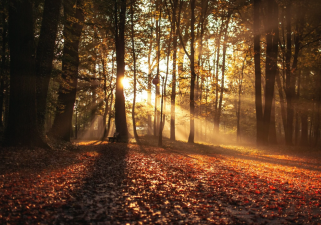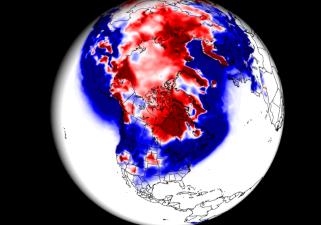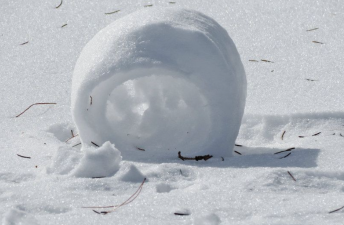How Seasonal Change Affects Human Biology
The impact of seasonal changes is more like a grand concerto. With the arrival of spring, daylight hours increase, temperatures rise, buds gradually break through the soil, flowers bloom, and insects become increasingly active. Bird migration patterns are adjusted by seasonal cues, and the arrival of the breeding season is often accompanied by a bustle of courtship, nesting, and chick-rearing. Summer's high temperatures and long days provide plants with abundant energy, intensifying competition among surface plants and increasing the physical demands of herbivores.
In autumn, with gradually shorter days and falling temperatures, many organisms begin to conserve energy and slow their activity. Trees don their "autumn attire"—leaf color changes and leaf shedding increases—as the entire ecosystem prepares for winter. The most direct signs of winter are the significantly shortened daylight hours and low temperatures. Many animals enter a state of dormancy or semi-dormancy, while plants reduce photosynthesis and their metabolism reaches its lowest point to cope with the cold and resource scarcity. The factors that specifically influence plant and animal growth are temperature, humidity, light, water, and food. The seasons cause these factors to change accordingly. If the temperature, humidity, and light levels remained constant throughout spring, summer, autumn, and winter, the seasonal changes would have no impact on plant and animal growth. Therefore, the seasonal impact on plant and animal growth is the result of the changing temperature, humidity, and light levels.

Impact on Animals:
- Spring: Due to the lack of food throughout the cold winter, animals generally become thin and their fur becomes dull and yellow. As the weather warms, mammals begin to shed their thick fur and gradually migrate to safer areas where food is becoming more plentiful. (In the cold winter, when food is scarce, animals may venture into areas where predators are more likely to be found.)
- Summer: Animals develop graceful bodies and lustrous fur. Animals choose this time to form families and raise offspring.
- Autumn: Due to the climate in early autumn, the temperature difference between morning and evening is large, allowing plants to lock in more sugars in their fruits. Therefore, autumn fruits are most nutritious. Animals choose to store food or fat during this time to prepare for the winter. Based on their needs, these animals can be roughly divided into: those that store fat (most mammals), those that store food (squirrels, ants), those that slow down consumption (hibernating animals), and those that seek new food sources (migratory birds, etc.).
- Winter: Animals become relatively fatter and, influenced by the climate, begin to grow dense, warm fur. Some animals, such as the Arctic snowshoe hare, even undergo a dramatic change in fur color. Their fur is brownish-gray (the color of dead grass) in summer and autumn, but in winter, it turns completely snow-white. The color difference is quite significant.
- Impact on plants: In temperate regions, most non-green plants begin to sprout or grow leaves and start growing in spring (some also bloom). Summer is the vigorous growth period. In autumn, the fruits and seeds mature and are collected or scattered on their own. In winter, the plants shed their leaves and become dormant (perennials) or the plants wither and the seeds become dormant (annual herbs).


